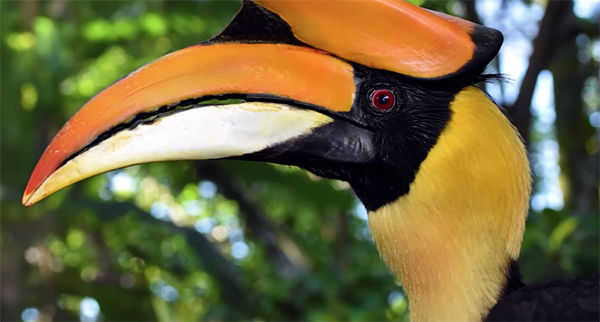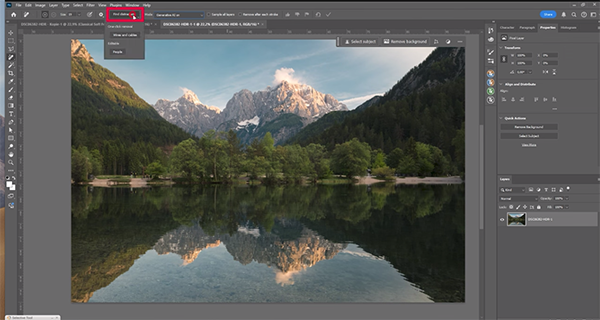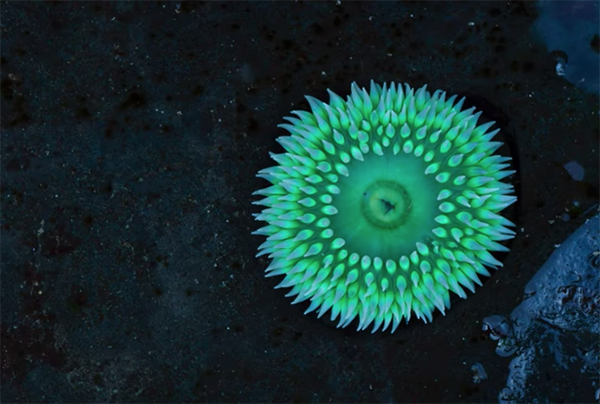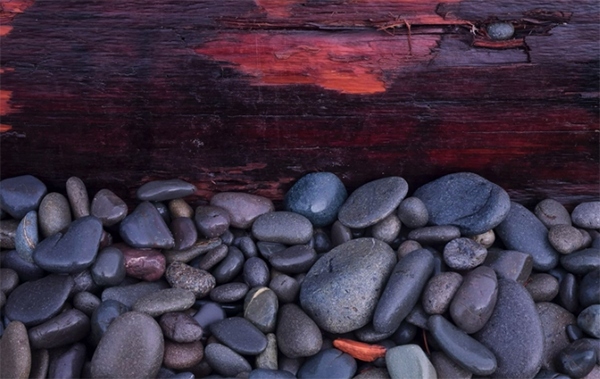Flash or Simple LED Lights: What’s Best for Your Style of Photos? (VIDEO)
Getting the light right is an essential task whether you’re shooting indoors or out, and sometimes this means adding supplemental light to achieve perfect exposures. One choice is using a flash, but some photographers are intimidated by the techniques and settings that are required.
Another option is an affordable LED light source that’s a real no-brainer because it provides constant illumination that requires no calculations. So you can shoot as though your image is illuminated by natural light.
This enlightening tutorial comes from the folks at Camera Zone, a popular YouTube channel created by pros and enthusiasts that covers every aspect of photography from gear and no-nonsense techniques, to in-depth buying advice for shooters of all skill levels. If you’re trying to decide between flash and LEDs lights, today’s episode will answer all your questions in a hurry.

Our unnamed instructor puts it like this: “In this video we’ll help you figure out which approach is the best choice for you,” and he breaks done the when, why, and how considerations so you’ll understand the best method to choose for different types of situations and what you’re trying to achieve.
Flash units are typically more powerful with a far greater range, which is why they tend to work best with subjects further from the camera. And the intense burst of fight they provide is ideal for stopping action when photographing subjects in motion.
On the other hand, easy-to-use LED lights are a great choice for stationary subjects close to the camera, like with macro photography and environmental portraiture. The instructor notes that “LED lighting technology has come a long way in providing real-time control.”

He demonstrates the pros and cons of each approach while concentrating on ease of use. He also describes the cost considerations that factor into the ultimate decision you make. And you’ll see how the specific task at hand is essential to consider.
The instructional Camera Zone YouTube channel is a great source of how-to video lessons like this one, so be sure to take a look.
And on a related note, don’t miss the tutorial we featured with another adept pro who demonstrates how to take advantage of a camera’s Spot Metering mode to eliminate the guesswork from making perfectly exposed photographs in every situation you confront.











